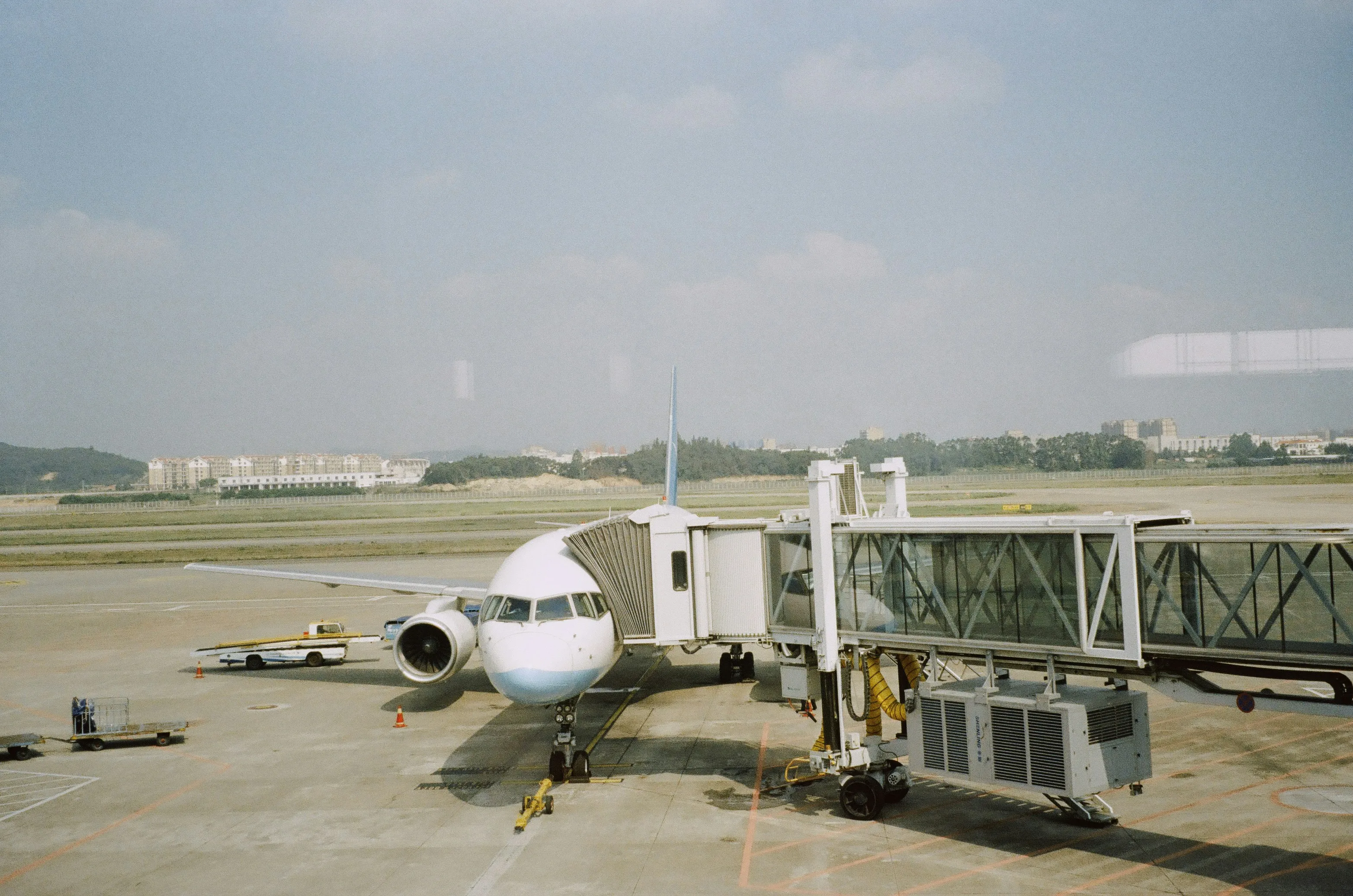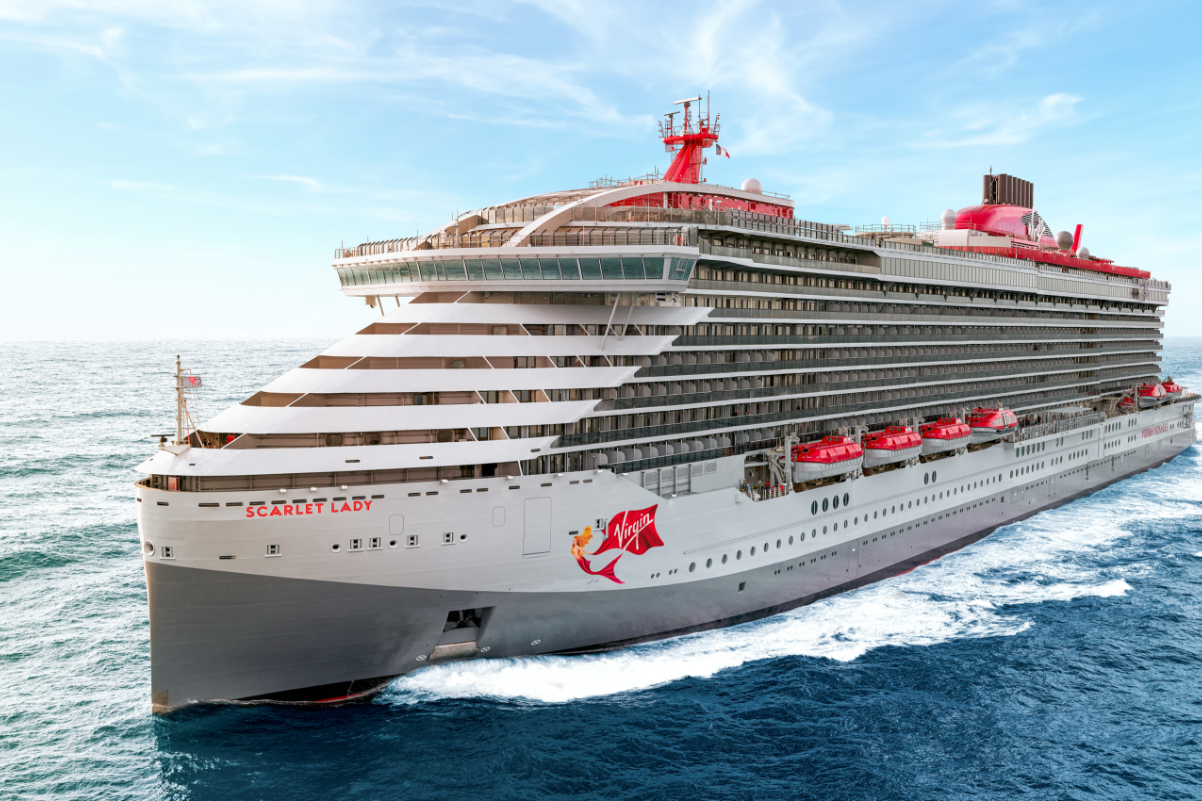Open Interlining: Inside the Strategy Transforming How Airlines Connect Flights


Skift Take
This sponsored content was created in collaboration with a Skift partner.
Open interlining is emerging as a modern approach for airlines to enhance how they connect passengers across multiple carriers on a single itinerary, improving efficiency and agility through a hybrid model. While traditional interlining has long been essential for global connectivity, it has depended on complex agreements and legacy systems that, though effective, were costly, slow to implement, and inflexible. The new approach builds on this foundation, offering a more adaptable and streamlined alternative.
“Open interlining is about expanding the possibilities and unlocking new tools to build partnerships. Within this toolkit, virtual interlining can be used very strategically to augment traditional interlining agreements,” said Gabor Toth, CEO of TripStack, a Canada-based travel technology company.
SkiftX recently sat down with Toth to learn more about the benefits of open interlining and better understand virtual interlining, an increasingly relevant tool within the broader strategy of open interlining.
Beyond Traditional Models: The Rise of Open Interlining
Interline partnerships account for a significant portion of airline revenue — over $52 billion annually as of 2019. Yet despite this potential, many airlines avoid interlining altogether due to operational burdens and lack of agility. Even for the airlines with significant interlining agreements, the industry is leaving billions on the table in missed ancillary revenue because traditional interline agreements weren’t designed for a modern retail environment, which prioritizes dynamic pricing, personalized offers, and seamless cross-carrier transactions to enhance both revenue potential and the passenger experience.
Airlines have multiple connectivity options, each with its own advantages and challenges, depending on their business model. Open Interlining takes a holistic approach, considering all pathways as part of a broader strategy. Instead of locking carriers into rigid, all-or-nothing agreements, it allows them to mix and match solutions, ensuring they can implement the most effective approach to meet their goals. Potential pathways include:
- Legacy Interlining: Maintaining traditional agreements where they make sense.
- Virtual Interlining: Dynamically connecting flights through technology-driven solutions.
- Offer-and-Order Integration: Transitioning toward modern, seamless retail-driven interactions.
- Hybrid Models: Combining elements of these approaches to maximize flexibility.
Blending Legacy and Virtual Interlining
Traditional interlining requires airlines to establish formal agreements, enabling passengers to book flights across multiple carriers as a single itinerary. These partnerships are typically managed through Global Distribution Systems (GDS), which coordinate pricing, ticketing, and payment settlements.
In contrast, virtual interlining allows travelers to book connecting flights across multiple airlines, even if the carriers have no formal agreements. Using real-time technology, it dynamically assembles itineraries, often offering lower fares and more flexible travel options.
“We ingest billions of price points daily,” Toth said. “Our machine-learning models analyze departure times, layovers, baggage rules, and other variables to generate the most efficient itineraries in real-time.”
Breaking Down the Barriers to Seamless Connectivity
Interlining in its traditional form is a slow and manual process. Setting up agreements takes months, requires intricate fare mapping, and depends on legacy processes like Billing and Settlement Plan (BSP) and proration, the process of dividing revenue from a multi-airline ticketed itinerary among the participating carriers. Airlines with strong direct-sales models often shy away from interlining because of these operational constraints.
Virtual interlining was the first step toward addressing these inefficiencies. Unlike traditional interline agreements, virtual interlining continues to evolve. It builds itineraries dynamically using real-time pricing, availability, and baggage-handling agreements. Airlines can activate new routes in days instead of months, expanding their networks with minimal overhead.
“Open interlining is about breaking down barriers,” Toth said. “It’s not just about connecting airlines but creating an ecosystem where other modes of transport could also work together to serve travelers better.”
Real-World Use Cases: How Airlines are Leveraging Open Interlining
The benefits of open interlining become clear when looking at how different types of airlines use it to their advantage:
- Regional Low-Cost Carriers: Expanding Reach: A European low-cost carrier (LCC) primarily operating within its region can attract global traffic by partnering with international airlines via virtual interlining. For example, by connecting with a South American carrier, the LCC can offer seamless travel between Europe and Brazil without launching its own long-haul routes. This model enables airlines to extend their networks without disrupting their core operations.
- Long-Haul Airlines: Filling Flights With Feeder Traffic: For long-haul airlines with limited partnerships, virtual interlining offers a way to sell beyond point-to-point itineraries. A transatlantic airline flying from Europe to the U.S. may struggle to attract travelers from smaller regional airports. By tapping into virtual interlining, the airline can seamlessly connect with short-haul carriers, filling seats and increasing profitability.
- Airline Alliances: Creating Dynamic, Flexible Partnerships: Even airlines in existing alliances can benefit from open interlining. A group of carriers in Asia, for example, may want to collaborate without the restrictions of a formal alliance agreement. Virtual interlining allows them to dynamically adjust partnerships based on shifting market conditions, optimizing routes and improving network reach.
- Testing New Markets With Minimal Investment: Airlines looking to expand into new regions without the cost of launching direct flights can use open interlining to establish partnerships with local carriers. A European airline with no presence in Southeast Asia, for instance, could use virtual interlining to offer itineraries connecting to the region via partner airlines-allowing it to gauge demand before committing significant resources.
Unlocking New Revenue Opportunities
Beyond operational efficiency, open interlining presents airlines with new ways to drive revenue and optimize profitability. By shifting away from rigid agreements and legacy systems, carriers can unlock flexible pricing strategies, improve inventory management, and enhance ancillary sales.
“This model allows airlines to test new markets, refine their pricing strategies, and evaluate demand before committing significant resources,” Toth said. “It’s a low-risk way to expand their global footprint.”
Airlines can leverage this model to drive meaningful revenue growth:
- Expanding Market Reach: Low-cost carriers can seamlessly connect with international long-haul partners without committing to complex codeshare agreements, allowing them to form ad hoc partnerships and quickly respond to shifting market conditions.
- Optimizing Distressed Inventory: Airlines can use dynamic pricing to move unsold seats by offering them through virtual interlining, reducing the risk of empty seats while maximizing yield.
- Enhancing Ancillary Sales: More flexible interlining means better integration of baggage fees, seat upgrades, and other high-margin add-ons, allowing airlines to package these seamlessly into a single itinerary to increase overall revenue per passenger.
- Testing New Routes Without Risk: Airlines can assess demand for a market before launching direct flights, using virtual interlining as a low-cost alternative to committing significant resources to new routes.
- Reducing Dependency on GDS: By shifting to NDC and offer and order, airlines can retain more control over pricing, distribution, and settlement, reducing third-party costs and increasing flexibility in bundling and fare management.
The Move to Open Interline Is Underway
As the airline industry evolves, traditional interline agreements are no longer enough to meet shifting consumer expectations and operational demands. By rethinking interline strategies today, airlines can future-proof their partnerships, improve the passenger experience, and maximize profitability in an evolving marketplace.
To explore the benefits of open interlining and learn more about partnering with TripStack, click here.
This content was created collaboratively by TripStack and Skift’s branded content studio, SkiftX.




